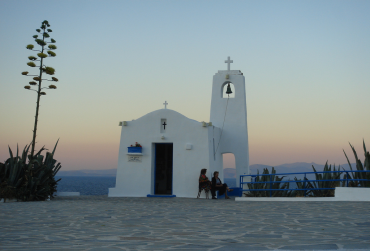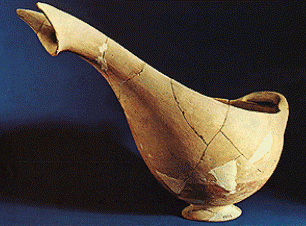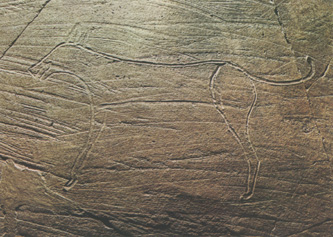
Rafina is 28km away from Athens, 10Km from Athens international airport “Eleftherios Venizelos” and is estimated to have surpassed 20,000 residents. However, during the summer season that number is significantly greater. Its geographical position has made it a bustling resort. Being considered one of the most important cities of Eastern Attica, Rafina is a permanent attraction due to its beautiful beaches and abundant nature.
The port of Rafina has become the second busiest port, after Piraeus, in terms of passenger traffic towards the island group of Cyclades and Evia. It is one of the largest ports in Greece and constitutes a commercial and tourist link between Attica and multiple islands with Evia, Andros, Tinos, Mykonos, Paros and Skyros being the ones closest.
In 1994, Rafina became a municipality. In 2011 the Municipality of Rafina merged with the Community of Pikermi forming a greater municipality of Rafina-Pikermi that is based in Rafina. The extent of the new municipality is 41.84 km² and its population according to 2011 census is 20.266 inhabitants.
It is a historic municipality that has been inhabited since prehistoric times. During the 3rd millennium about 20 settlements have been established in completely new locations in Mesogea. Built along the coast ( Rafina, Loutsa, Askitario, Vravrona , Chamolia, Punta , Porto Rafti ) in hills ( Zagani , Spata , Mesosporitissa , Pirgos Vavronas , Risto , Merenda , Lamptres ) and in fields next to streams (Pallini , Koropi , Choumeza of Spata , Kipoi , Markopoulo) .
Research along the east coast in Rafina and Askitario has revealed fortified settlements of the Early Bronze Age (3200-2000 BC ) that were found in triangular shape at Askitario. The Early Hellenic Acropolis of Askitario was built upon the homonymous cape.
The cape provides a partial natural fortification, as the East and North-West side consist of rocks falling into the sea. The third Southwestern side was the only accessible side. It was a rather dense residential settlement. The buildings were very close to each other with pathways therebetween. There was also a cemetery at the lowest cape at the east of the settlement.
Early-Hellenic Period – Askitario, Rafina, Athens, National Archaeological Museum. Ministry of Culture /ARF.
Large earthenware jar detail, found in a house chamber, Early Hellenic Period Askitario, Rafina (3rd millennium BC). The naturalism of the design is impressive. Athens, National Archaeological Museum. Ministry of Culture /ARF.
History
Prehistoric rectangular houses with pitched roof and facilities for copper processing have been excavated. Easy access to the area from the sea had transformed Rafina to a coal transportation and trade hub, since coal trade was the main activity of the first Neolithic settlements.
In antiquity Rafina was one of the 100 municipalities of Athens as appointed by Cleisthenes. This municipality was called Arafin, which later became Rafina. The seaside area stretching towards Artemida was called "Arafinides Ales".
Residents of Arafin township were one of the 10 tribes of Attica and their governor was Arafinas, one of the 100 heroes of Attica. Items dated back to Roman period ( buildings , Roman bath , statues ) have also been discovered at the valley of the small local river of Rafina.
During the Asia Minor catastrophe of 1922 a large number of persecuted Greek inhabitants escaped to Greece. It is estimated that 6,500 Greeks lived in the area of Triglia in Asia Minor. During the Asia Minor catastrophe, they were transferred to Greece with ships owned by Triglian shipowner Philipos Cavounidis.
Many Triglians settled in Rafina in 1923. In 1929 the community of Rafina was established, while since 1994 Rafina is municipality.
Rafina, composed of coastal prewar refugee "core" that was enriched after the war by many second home settlements surrounding it, remains to date an area mainly of holiday residences.
Today Rafina is a beautiful modern coastal city that maintains its style, respects its history, loves its citizens and attracts many tourists and visitors. This is evidenced by the large number of infrastructure projects implemented in recent years that include road construction, water supply network replacement, reconstruction and operation of public buildings , schools , modern sports facilities, that promote good quality of life, attend the daily needs of citizens, protect the environment while having a deep awareness of the cultural heritage of this city.